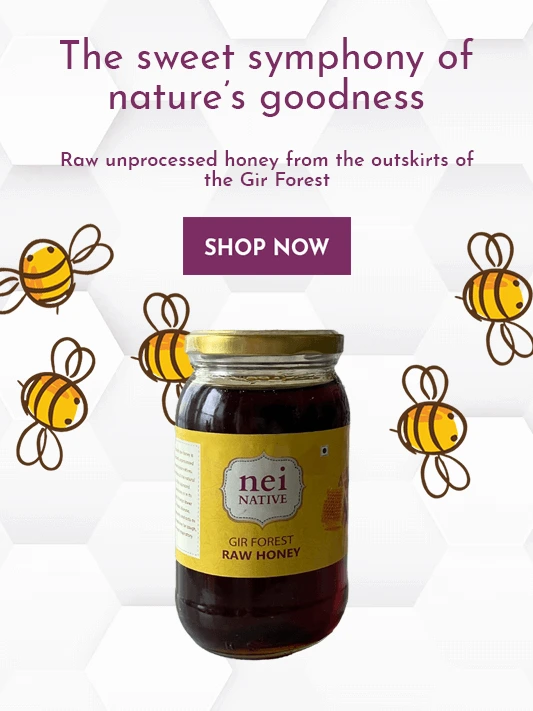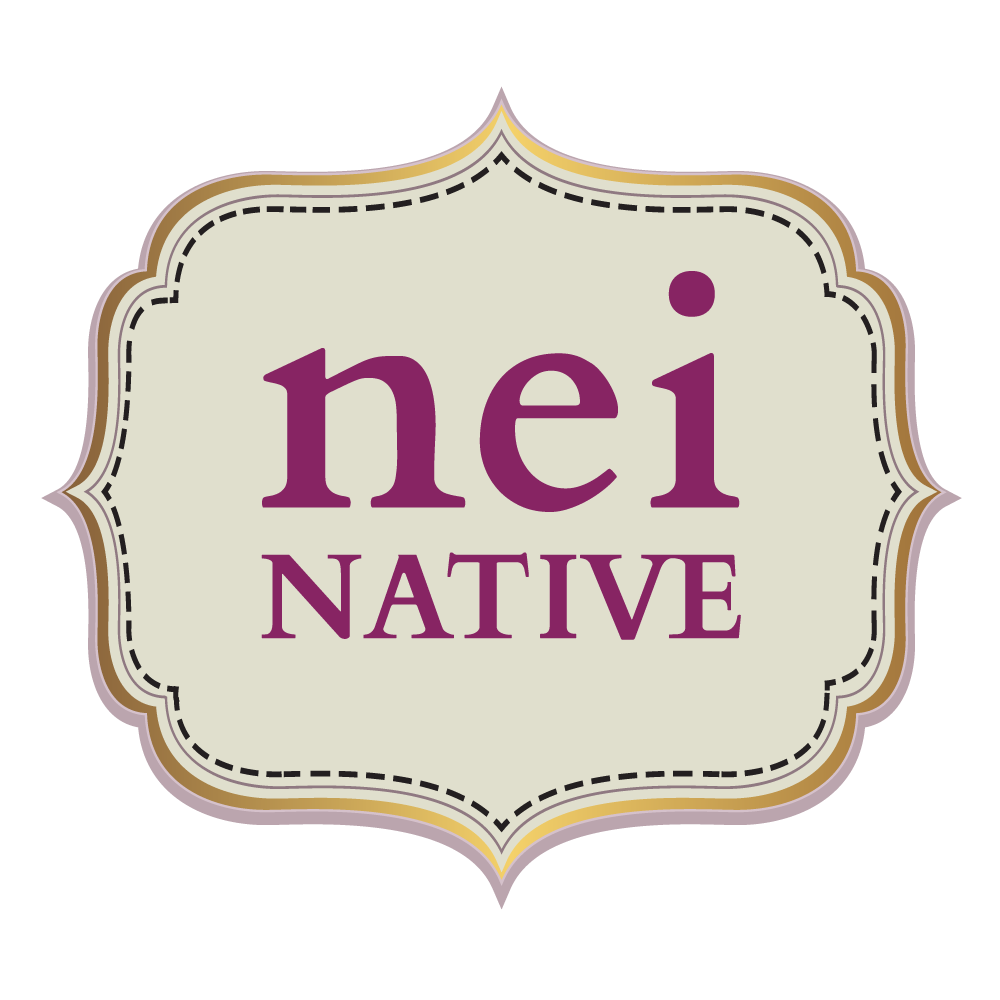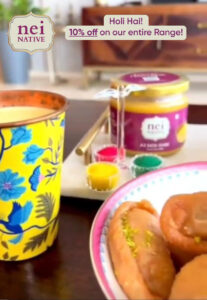The Golden Elixir Unveiled: Nei Native’s Raw Honey vs. Mass-Produced Honey

Introduction:
Greetings, seekers of golden nectar and honey enthusiasts! Today, let’s embark on a journey that unravels the sweet secrets hidden within the world of honey. In our spotlight are two protagonists: Nei Native’s Raw Honey and its counterpart from the mass-produced shelves. Brace yourselves for a tale of nature’s bounty, artisanal craftsmanship, and the nuanced differences that set these golden elixirs apart.
Chapter 1: The Artisanal Craftsmanship of Nei Native’s Raw Honey
The Origin Story:
Nei Native’s Raw Honey is not just a sweetener; it’s a labor of love crafted by bees and human hands in harmony. Originating from the lush landscapes where nature thrives, this honey is a testament to the art of beekeeping practiced with care and respect.
The Harvesting Process:
In the realm of Nei Native, honey isn’t simply extracted—it’s curated. Beekeepers follow sustainable and ethical practices, ensuring that the bees’ well-being and the ecosystem are prioritized. The honey is collected from pristine environments, untouched by pesticides or harmful chemicals, preserving the purity of nature’s creation.
Minimal Processing, Maximum Goodness:
The magic of Nei Native’s Raw Honey lies in its minimal processing. Unlike mass-produced counterparts that undergo heavy filtration and pasteurization, this honey retains its natural enzymes, pollen, and flavor nuances. The result is a golden elixir that embodies the essence of the flowers from which it was crafted.
Chapter 2: The Mass-Produced Symphony
The Buzz of Quantity Over Quality:
On the flip side, mass-produced honey often follows a different narrative—one driven by quantity and shelf life. Beehives are subjected to industrial-scale practices, where maximizing output takes precedence over the nuances of flavor and nutrition.
The Heat of Pasteurization:
Mass-produced honey often faces the heat—quite literally. Pasteurization, a process aimed at prolonging shelf life, involves heating honey to high temperatures. Unfortunately, this heat strips away the very enzymes and nutrients that make honey a wholesome addition to our diet.
Filtration Stripped to the Core:
In the world of mass production, clarity is king. To achieve the crystal-clear appearance coveted by consumers, honey undergoes intense filtration. However, this process not only removes impurities but also eliminates the pollen, propolis, and beneficial compounds that contribute to honey’s health benefits.
Chapter 3: The Nuanced Differences
Flavor Symphony:
Nei Native’s Raw Honey beckons with a symphony of flavors—the subtle notes of wildflowers, the richness of forest blooms, and the essence of the diverse flora surrounding the beehives. Each jar is a unique melody, echoing the terroir of its origin.
In contrast, mass-produced honey, with its standardized processes, often loses the distinct flavor nuances. The homogenization sacrifices the potential for a diverse palate, leaving consumers with a more uniform taste experience.
Nutritional Richness:
The nutritional profile of Nei Native’s Raw Honey is a treasure trove of goodness. Packed with enzymes, antioxidants, and local pollen, it’s a holistic elixir that goes beyond mere sweetness. The presence of these elements contributes to its potential health benefits.
Mass-produced honey, having undergone extensive processing, may lack the same depth of nutrients. The high-temperature pasteurization and filtration leave it less endowed with the natural goodness that characterizes raw honey.
Environmental Impact:
Nei Native’s commitment to sustainable beekeeping practices echoes in its honey’s environmental footprint. The bees roam freely in natural habitats, contributing to biodiversity and ecosystem health.
In contrast, the mass production of honey may involve practices that impact the environment negatively. Intensive farming, pesticide use, and monoculture can contribute to habitat degradation and pose risks to pollinator populations.
Chapter 4: Making an Informed Choice
Nectar for Thought:
As consumers, we hold the power to shape the honey landscape with our choices. Nei Native’s Raw Honey invites us to savor the authentic flavors of nature, supporting sustainable practices that honor the delicate dance between bees and blossoms.
In contrast, mass-produced honey, while offering convenience, may lack the depth of flavor and nutritional richness found in its raw counterpart. Understanding the processes behind honey production empowers us to make choices aligned with our values.
Conclusion: The Sweet Decision
In the tapestry of honey choices, the difference between Nei Native’s Raw Honey and mass-produced honey is not just a matter of taste—it’s a story of values, craftsmanship, and environmental stewardship. Whether you choose the nuanced symphony of artisanal honey or the convenience of mass-produced options, let your decision be a sweet reflection of the world you wish to support. After all, every jar of honey holds within it a tale of bees, blossoms, and the golden magic of nature.


